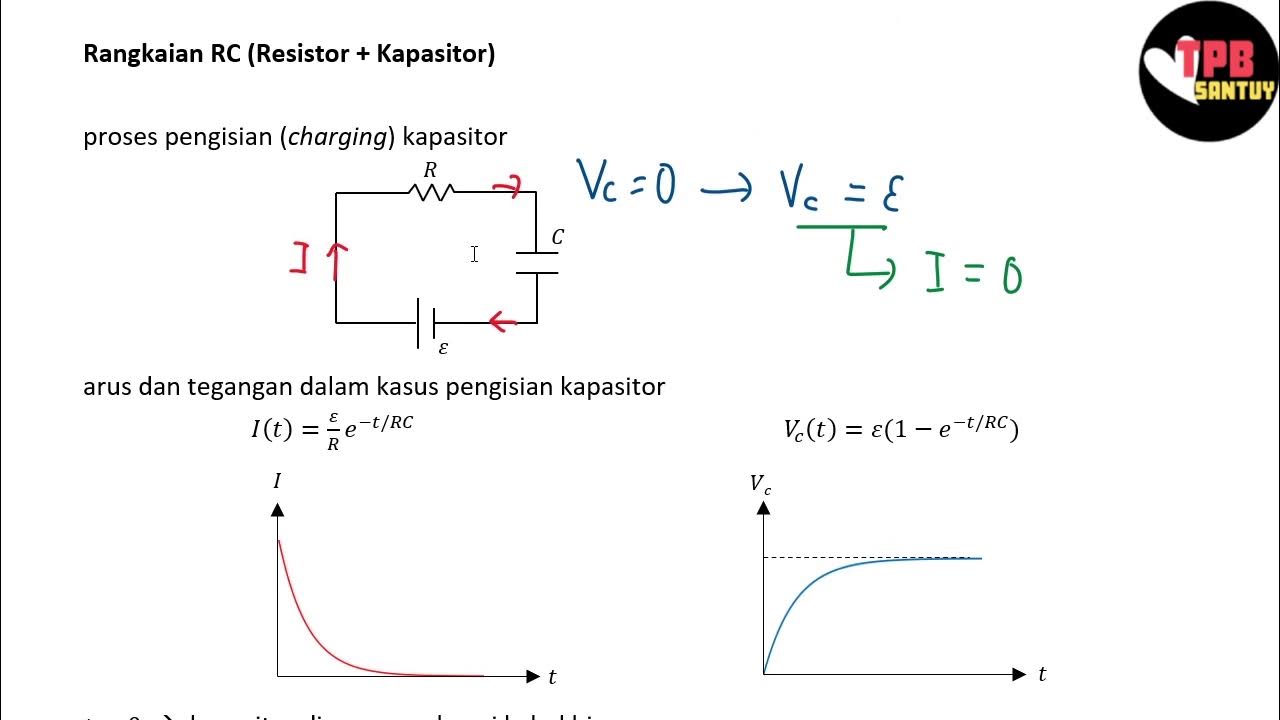Capacitor Amp Second Balance and LTspice Buck converter Simulation
Summary
TLDRThis video explores the steady-state analysis of switching converters, focusing on key methods like inductor volt-second balance and capacitor charge balance. The importance of understanding a converter's behavior during steady-state operation is emphasized, as it allows designers to make informed decisions from the start of the design process. The video also discusses the challenges of deriving equations for steady-state analysis and the benefits of simulation. Specifically, the buck converter is modeled and simulated in LTSpice, covering various components, losses, and control systems for better design and optimization of power converters.
Takeaways
- 😀 Steady-state analysis of switching converters is essential for understanding their behavior during operation and improving design decisions.
- 😀 Many designers skip steady-state analysis, opting to go straight to the control stage, which may limit their understanding of the converter’s behavior.
- 😀 Understanding steady-state conditions allows for better design of converter components and overall control strategies.
- 😀 Capacitors have a defining equation that ensures zero net change in voltage over one switching period in steady-state.
- 😀 The average capacitor current must be zero in steady-state to maintain no net change in charge.
- 😀 The script introduces the buck converter, a key switching converter, and demonstrates its operation through simulation.
- 😀 The buck converter simulation includes a 24V input and a 5-ohm load resistor, providing practical insight into its behavior.
- 😀 The switch in the buck converter is modeled with a power MOSFET and diode, with control provided by a pulse-width modulator.
- 😀 The pulse-width modulator controls the duty cycle of the switching waveform, which is influenced by an analog input voltage.
- 😀 The simulation accounts for various loss sources, including switching losses, inductor resistance, and gate driver power consumption, offering a comprehensive view of the system's behavior.
Q & A
What is the main purpose of steady-state analysis in switching converters?
-The main purpose of steady-state analysis is to observe the behavior of the converter during operation, allowing designers to make informed decisions about the design and control of the converter from the start.
Why do some designers skip steady-state analysis and proceed directly to the control stage?
-Some designers skip steady-state analysis because deducing the equations for steady state can be complex and time-consuming. As a result, they often move directly to the control stage, potentially missing valuable insights that could improve the design.
What are the key methods used to analyze switching converters in steady-state?
-The key methods include inductor volt-second balance, capacitor charge balance, and the small ripple approximation. These methods help model the converter's behavior and assist in designing its components.
How does the inductor volt-second balance method work?
-The inductor volt-second balance ensures that the net voltage across the inductor over one switching period is zero, meaning the total voltage applied to the inductor during the on and off states of the switch must balance out over time.
What is the role of capacitor charge balance in steady-state analysis?
-Capacitor charge balance ensures that there is no net change in the capacitor's charge over a switching period. This implies that the average current through the capacitor must be zero in steady-state conditions.
What does the small ripple approximation assume?
-The small ripple approximation assumes that the variations in voltage and current around their nominal values are small enough to be treated as negligible, simplifying the analysis of the converter's behavior.
How does LTSpice help in simulating a buck converter?
-LTSpice is used to simulate the buck converter's circuit, including its components like the MOSFET, diode, inductor, and capacitor. It allows for the modeling of various losses and detailed analysis of the converter's performance under real-world conditions.
What are the sources of loss modeled in the buck converter simulation?
-The simulation models several sources of loss, including switching losses in the transistor and diode, inductor winding resistance, and gate driver power consumption.
What is the significance of the pulse-width modulation (PWM) in the buck converter?
-PWM controls the switching behavior of the converter by adjusting the duty cycle based on a control voltage. This regulates the output voltage to match the desired value, ensuring the converter operates efficiently.
How does the buck converter supply power to the load in the simulation?
-In the simulation, the buck converter supplies power to a 5-ohm load resistor, with the output voltage determined by the pulse-width modulation and filtered by the LC filter to ensure stable output.
Outlines

此内容仅限付费用户访问。 请升级后访问。
立即升级Mindmap

此内容仅限付费用户访问。 请升级后访问。
立即升级Keywords

此内容仅限付费用户访问。 请升级后访问。
立即升级Highlights

此内容仅限付费用户访问。 请升级后访问。
立即升级Transcripts

此内容仅限付费用户访问。 请升级后访问。
立即升级5.0 / 5 (0 votes)






